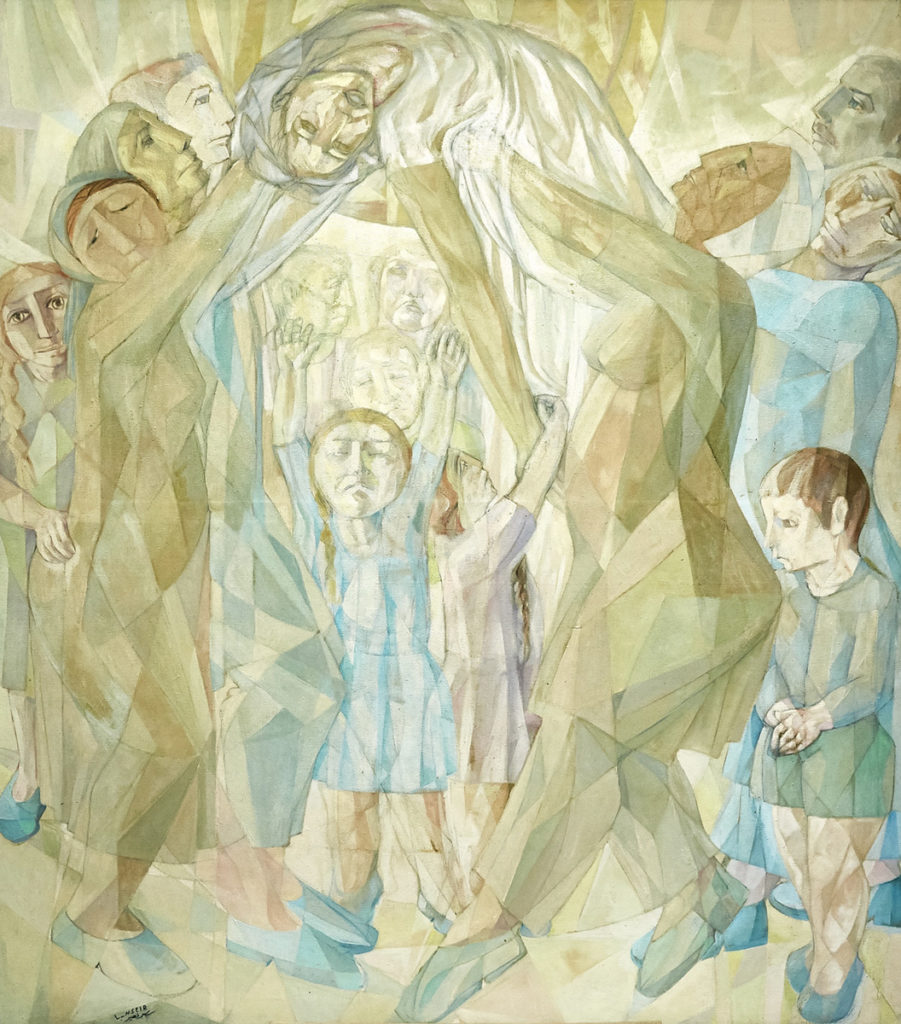A CENTURY IN FLUX: Chapter II
This exhibition presents the second chapter in Barjeel Art Foundation’s long-term collaboration with the Sharjah Art Museum. All works on display come from the Foundation’s extensive collection of modern Arab art, reflecting ways in which the region’s artists have responded to political events and the human condition over the course of a tumultuous twentieth century.
This exhibition’s particular concern—apart from showcasing the range of styles, techniques, materials, and thematic directions that have marked art practices in Arab countries between 1885 and 1985—is to address notions of institutional representation and, in particular, to confront the question of gender disparity in the art world and its influence on the writing and teaching of art history. In museums globally, work created by female artists constitutes a disproportionately low percentage of all art on display, mirroring broader systemic challenges and obstacles faced by women and minorities in acquiring institutional recognition for their labor. An express intent of this exhibition is—through a deliberate and candid pursuit of gender parity in the number of works on display—to serve as a catalyst for conversations and debate on reasons behind the (under)representation of certain individuals or groups, on the implications of affirmative action in the museum context, and on the effect institutions have on the writing of art histories and the construction of art canons.
While many of the featured artists in the show are pioneering members of pivotal art movements and collectives, such as such as Art et Liberté in Egypt, Baghdad Group for Modern Art in Iraq, and the Casablanca School in Morocco, others are lesser-known practitioners whose work may not have previously been catalogued, documented, or included in conversations about the development of the region’s modern artistic milieu. These artists, in the words of collector Sultan Sooud Al Qassemi, may not have significantly “influenced art history in the 1950s and 1960s—a lot of them were unknown—but to say that they never did work is also unfair.”
Conceived as an experimental, dialectic project rather than a strictly historical survey of twentieth-century art in the Arab world, this exhibition aims to call into question how we come to know and recognise certain artists, how value is ascribed to works of art, and how the art canon is formulated. The show invites visitors to reflect on the selection strategy, pose critical questions, and ruminate on broader questions of inclusivity.
